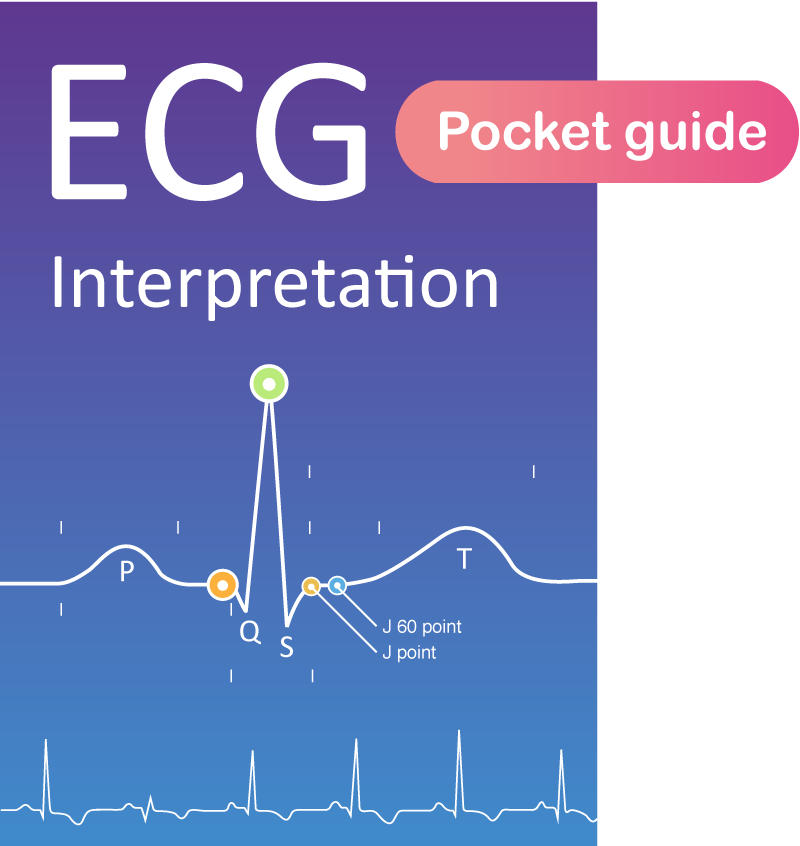Clinical Echocardiography
-
Introduction to echocardiography and ultrasound imaging12 Chapters
-
Physics of ultrasound
-
The ultrasound transducer
-
Technical aspects of the ultrasound image
-
Two-dimensional (2D) echocardiography
-
Optimization of the ultrasound image
-
M-mode (motion mode) echocardiography
-
Doppler effect and Doppler echocardiography
-
Pulsed Wave Doppler
-
Continuous Wave Doppler (CW Doppler)
-
Color Doppler
-
Tissue Doppler (Tissue Velocity Imaging)
-
Artifacts in ultrasound imaging
-
Physics of ultrasound
-
Principles of hemodynamics5 Chapters
-
The echocardiographic examination3 Chapters
-
Left ventricular systolic function and contractility11 Chapters
-
Left Ventricular Function
-
Myocardial Mechanics: Structure and Function of Myocardial Fibers
-
Ventricular Pressure-Volume Relationship: Preload, Afterload, Stroke Volume, Wall Stress & Frank-Starling's law
-
Assessing left ventricular systolic function
-
Left ventricular mass and volume (size)
-
Ejection fraction (EF): Physiology, Measurement & Clinical Evaluation
-
Fractional shortening for estimation of ejection fraction
-
Strain, strain rate and speckle tracking: Myocardial deformation
-
Left Ventricular Segments for Echocardiography and Cardiac Imaging
-
The Coronary Arteries
-
Regional Myocardial Contractile Function: Wall Motion Abnormalities
-
Left Ventricular Function
-
Left ventricular diastolic function3 Chapters
-
Cardiomyopathies6 Chapters
-
Heart failure: Causes, types, diagnosis, treatments & management
-
Echocardiography in cardiomyopathies: an overview
-
Hypertrophic Cardiomyopathy (HCM) & Hypertrophic Obstructive Cardiomyopathy (HOCM)
-
Dilated Cardiomyopathy (DCM): Definition, Types, Diagnostics & Treatment
-
Arrhythmogenic Right Ventricular Cardiomyopathy / Dysplasia (ARVC, ARVD)
-
Tachycardia induced cardiomyopathy
-
Heart failure: Causes, types, diagnosis, treatments & management
-
Valvular heart disease8 Chapters
-
Miscellaneous conditions5 Chapters
-
Pericardial disease2 Chapters
M-mode (motion mode) echocardiography
M-mode echocardiography
M-mode was previously the dominating modality in echocardiography. Although it has now largely been replaced by 2D echocardiography, it is still used in clinical practice. M-mode provides a one-dimensional view of all reflectors (i.e structures reflecting ultrasound waves) along one ultrasound line. Hence, the M-mode image displays all structures along one line (Figure 1).

M-mode images are acquired by manually placing an ultrasound line in the 2D image (Figure 1). The line is placed along the structures to be studied. The image will display all structures along that line over time (the x-axis displays time). Since M-mode only analyzes a single ultrasound line, its temporal and axial resolution is very high, as compared with 2D echocardiography. M-mode is useful for quantifying the mobility of structures and measuring dimensions. In order to obtain representative measurements, it is pivotal to align the M-mode line such that it does not overestimate distances; e.g measuring the thickness of the left ventricular walls requires the line to be placed perpendicular to the long axis of the left ventricle, as illustrated in Figure 1.
One obvious disadvantage of M-mode is that it only displays a single ultrasound line. Moreover, the ultrasound line is fixed to the tip of the transducer, frequently making it difficult to obtain representative sections of structures of interest.
M-mode can be combined with Doppler techniques (Color Doppler, Tissue Doppler).
Usage of M-mode
M-mode is commonly used to complement the examination of the following structures:
- Left ventricular (LV) dimension and function.
- Right ventricular (RV) dimension and function.
- RV function can be assessed using TAPSE (Tricuspid Annular Plane Systolic Excursion).
- Study the movement and opening of the aortic valve.
- Study the movement and opening of the mitral valve.
- Left atrial dimension.
TAPSE (Tricuspid Annular Plane Systolic Excursion)
TAPSE is traditionally measured by placing the M-mode cursor at the lateral tricuspid annulus from the apical four-chamber view. TAPSE provides a rough estimate of RV function by measuring the longitudinal shortening of the right ventricle. TAPSE does not, however, account for radial shortening of the right ventricle.
